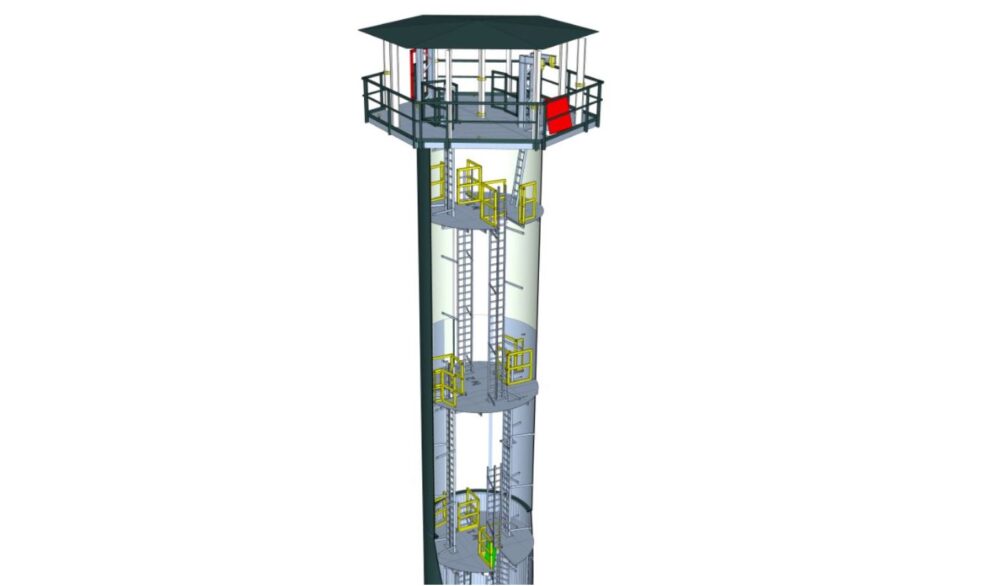
The Australian Government’s commitment to net zero emissions has been given a significant boost with the launch of the $95.6 million New Energy Apprenticeships program which will run over nine years and support 10,000 apprentices.
Eligible apprentices will receive up to $10,000 over the course of their apprenticeship to assist with the cost of living. The plan will also ensure that apprentices have further tailored support including networking, and the opportunity to benefit from an industry mentor.
Minister for Skills and Training Brendan O’Connor said clean energy industries are the future for workers and include work in solar installation, large-scale renewable projects, electric vehicles, green hydrogen, and renewable manufacturing.
“The New Energy Apprenticeships Support Payment is designed to encourage apprentices to choose a career in the clean energy sector, support them through it, and help them complete their training to go on and have successful careers.
A significant number of skilled workers will be required to build and install the infrastructure needed to achieve a 43 per cent emissions reductions target by 2030 and net zero by 2050.
“We must build greater skills capacity in the clean energy sector, so our economic growth isn’t impeded, and Australia’s clean energy transition continues to accelerate to achieve our 2030 Emission Reduction Target.”
According to the National Skills Commission’s 2022 Skills Priority List, the occupations in shortage in Western Australia are largely reflective of the national shortage, with the top 20 including a number of clean energy occupations with particularly strong job vacancies, including:
- Metal Fitters and Machinists (around 24% of national job ads for this occupation are from WA)
- Structural Steel and Welding Trades Workers (more than 25% of the national job ads for this occupation are from WA).
- Electricians (around 20% of national job ads are from WA)
- Motor Mechanics (around 19% of national job ads are from WA).
Other occupations in the clean energy space in shortage in Western Australia include:
- Automotive Electricians (around 30% of national job ads are from WA)
- Mechanical Engineering Draftspersons and Technicians (around 25% of national job ads are from WA)
- Sheetmetal Trades Workers (around 16% of national job ads are from WA).
While Weld Australia CEO Geoff Crittenden has welcomed the initiative, he says it will not solve the skills crisis and a radical approach is needed. If not, Australia will be at least 70,000 welders short by 2030.
“We must take three key actions to overcome the nation’s skilled welder shortage: welder training courses must be overhauled; STEM training in schools must be a focus; and our governments must invest in TAFEs nationally,” said Crittenden.
“A welding apprenticeship currently takes three years to complete. New welders will not be qualified until at least 2026 and, even then, will not be skilled or experienced. We simply won’t have the skilled welders required to build and install the green energy infrastructure to meet the 2030 targets. This is why Weld Australia proposes that the current welding apprenticeship is condensed into one year,” said Crittenden.
“The skills crisis is not unique to Australia; the US fabrication industry will face a shortage of 500,000 welders by 2030, and by 2050 Japan will need around 250,000 welders,” said Crittenden.
“This global shortfall of welders is driving most developed nations to implement extraordinary measures to resolve it. Australia must follow suit. We need a practical, actionable plan that can be implemented now to overcome the welder skills shortage—a plan that delivers more than just financial support to employers.”









